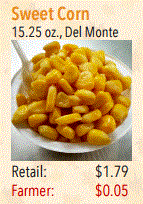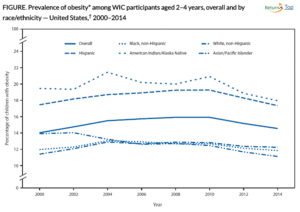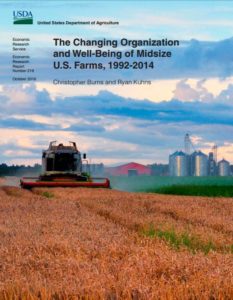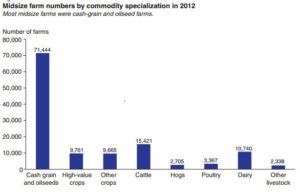USDA has just released three sets of GIPSA rules governing poultry grower ranking (“tournament”) systems (GIPSA stands for Grain Inspection, Packers & Stockyards Administration).
These are draconian systems in which poultry growers working for giant, vertically integrated poultry companies compete with each other for payments.
The system works like this:
The vertically integrated live poultry dealer provides the chicks, feed, and medication to poultry growers who house and feed the birds under a contract. The poultry grower grows the birds to market size (preferred weight for slaughter) and then, after slaughter, receives a settlement check for that flock. The payment received depends on how efficiently the poultry grower converted feed to meat as compared to the other poultry growers in the settlement group.
It’s hard to begin to imagine how unfair this system can be.
The poultry companies control the following inputs and production variables: chick health, number of chicks placed, feed quality, medications, growout time, breed and type of bird, weighing of the birds, and weighing of the feed.
And on top of this, “company employees who are also poultry growers get preferential treatment and may get better birds or get to keep flocks longer.”
Or, as GIPSA’s Q and A puts it:
For example, if a chicken grower attempts to organize other chicken growers to bargain for better pay or publicly expresses unhappiness with the way they are being treated by a processor, they can suffer retaliation. Processors can require growers to make investments that are not economically justifiable for the grower, or can terminate contracts with little notice. And because in contract growing the processors own the birds and provide inputs like feed, they can choose to provide poultry growers with bad feed or sickly birds that have a higher mortality rate, which cuts deeply into a grower’s opportunity to earn income on those birds.
The USDA press release pointed out that
the four largest poultry processors control 51 percent of the broiler market and 57 percent of the turkey market. In part due to this concentration, poultry growers often have limited options for processors available in their local communities: 52 percent of growers have only one or two processors in their state or region to whom they can sell. That means processors can often wield market power over the growers, treating them unfairly, suppressing how much they are paid, or pitting them against each other.
GIPSA initially proposed rules in 2010 that would protect growers from some of these abuses by paying them more fairly, but the industry objected. It doesn’t like the revised rules either. As the National Chicken Council puts it, “Obama Administration Strangles Poultry and Livestock Producers with New, Controversial Regulations.” And the pork producers say they will work with president Trump to get rid of the rule.
The current proposals are a compromise, but a reasonably good one. The proposal establishes criteria that the USDA Secretary may use to determine:
whether a live poultry dealer has used a poultry grower ranking system to compensate poultry growers in an unfair, unjustly discriminatory, or deceptive manner, or in a way that gives an undue or unreasonable preference or advantage to any poultry grower or subjects any poultry grower to an undue or unreasonable prejudice or disadvantage.
The National Sustainable Agriculture Coalition says the rules
finally give the largely toothless act some bite. The “Farmer Fair Practices Rules” published today…will provide much-needed protections to contract farmers in the poultry and livestock industry.
Food and Water Watch says (via email)
These proposed and interim rules provide important, though modest, protections for farmers, but fall far short of the safeguards mandated by the 2008 Farm Bill. Hopefully, these rules can provide a foundation for strengthening farmer protections in the face of an increasingly consolidated poultry, hog and cattle slaughter and processing industry.
But I particularly love the tell-it-like-it-is statement from the Government Accountability Project’s Amanda Hitt (also via email):
It’s been a long time since we have been in a position to praise the Department of Agriculture, but today, Secretary Vilsack got it right…The GIPSA rules that came out today are not only a welcome attempt to right a series of wrongs that heretofore have gone unchecked, but are also simple common sense.
These farmers…were lied to and manipulated by a corporate machine that has been using its political influence to profit at the peril of the American farmer. This is not a partisan issue; this is about putting limits on corporate greed. I hope that all can agree that something needs to be done and that these rules are an important first step.
Here are the relevant documents:

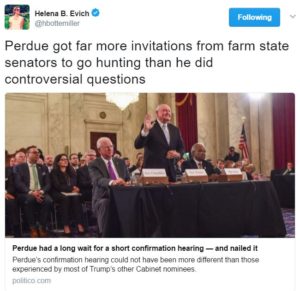
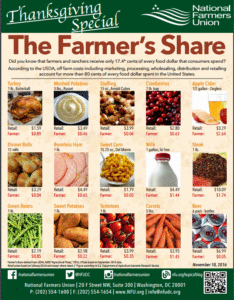
 Or maybe just this one?
Or maybe just this one?